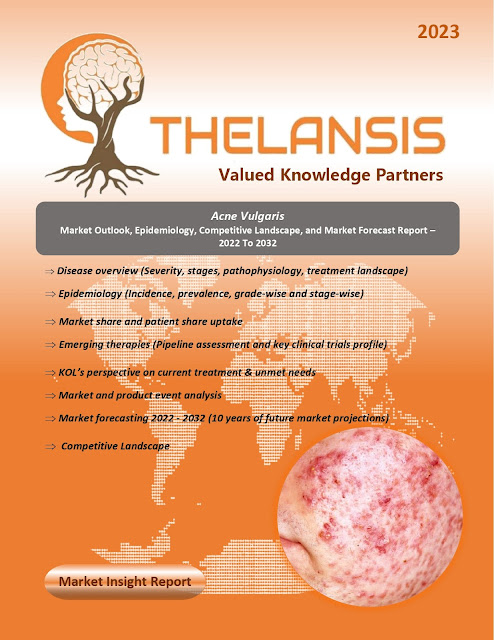Hypothalamic Obesity (HO) – Market outlook, Epidemiology, Competitive Landscape, and Market Forecast Report – 2020 To 2030
Hypothalamic obesity (HO) is a severe and heterogeneous disease related to several conditions, such as hypothalamic damage caused by tumors and their treatment, inflammatory, trauma, neurosurgery, cerebral aneurysm, single-gene mutations (e.g., leptin, leptin receptor, CART, POMC), rare congenital disorders with midline, genetic syndromes, and the use of psychotropic drugs. The weight gain pattern in HO patients is characterized by a sudden onset and rapid acceleration after hypothalamic damage. The symptoms of hypothalamic obesity vary by the cause and include uncontrollable hunger, rapid, excessive weight gain, and a low metabolic rate. If the pituitary gland is involved, symptoms may consist of small underdeveloped testes in males and delayed puberty. This condition most often occurs because of injury to the hypothalamus due to a tumor, swelling in the brain, brain surgery, or head trauma.
The most common causes of acquired
hypothalamic damage are space-occupying lesions, such as craniopharyngiomas and
pituitary macroadenomas, with suprasellar extension and invasion of the
hypothalamic nuclei.
As the most common cause of this
condition, Craniopharyngiomas range between 1.5 to 2.8 cases per million
population.
The competitive
landscape of Hypothalamic Obesity (HO) includes country-specific approved and
pipeline therapies. Any asset/product-specific designation or review and
Accelerated Approval are tracked and supplemented with analyst commentary.
KOLs insights of Hypothalamic
Obesity (HO) across 8 MM market from the center of Excellence/ Public/ Private
hospitals participated in the study. Insights around current treatment
landscape, epidemiology, clinical characteristics, future treatment paradigm,
and Unmet needs.
Hypothalamic
Obesity (HO) Market
Forecast: Patient Based Forecast Model (MS. Excel Based Automated
Dashboard) which Data Inputs with sourcing, Market Event, and Product Event,
Country specific Forecast Model, Market uptake and patient share uptake,
Attribute Analysis, Analog Analysis, Disease burden, and pricing scenario,
Summary, and Insights.
S. No Asset Company Stage
1 Setmelanotide Rhythm
Pharmaceuticals, Inc. Phase 2
2 Exenatide Amylin
Pharmaceuticals, LLC. Phase 1/2
3 Tesofensine Saniona Phase 2



%20Market%20Outlook%20and%20Forecast.webp)
Comments
Post a Comment